The Silk Roads that trace civilisation: Long before the West rose to power, Asian pathways were connecting peoples and places
The west's fixation on its own history has led us to ignore the vast terrain of the 'Silk Roads', to which we owe our civilisation, and thus to misunderstand its peoples. In his new book, Peter Frankopan aims to correct our perspective
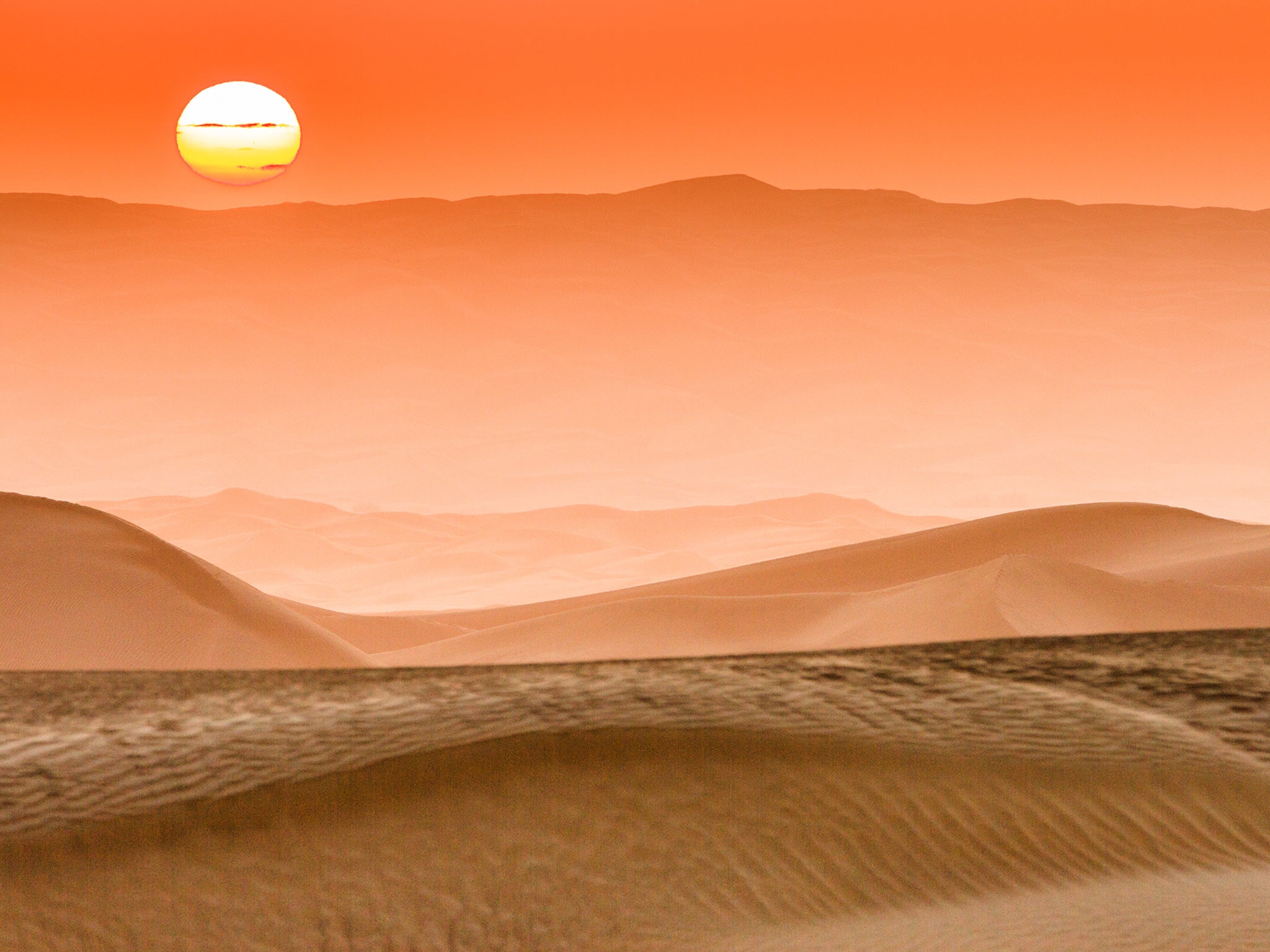
Your support helps us to tell the story
From reproductive rights to climate change to Big Tech, The Independent is on the ground when the story is developing. Whether it's investigating the financials of Elon Musk's pro-Trump PAC or producing our latest documentary, 'The A Word', which shines a light on the American women fighting for reproductive rights, we know how important it is to parse out the facts from the messaging.
At such a critical moment in US history, we need reporters on the ground. Your donation allows us to keep sending journalists to speak to both sides of the story.
The Independent is trusted by Americans across the entire political spectrum. And unlike many other quality news outlets, we choose not to lock Americans out of our reporting and analysis with paywalls. We believe quality journalism should be available to everyone, paid for by those who can afford it.
Your support makes all the difference.As a child, one of my most prized possessions was a large map of the world. It was pinned on the wall by my bed, and I would stare at it every night before I went to sleep. Before long, I had memorised the names and locations of all the countries, noting their capital cities, as well as the oceans and seas, and the rivers that flowed into them; the names of major mountain ranges and deserts, written in urgent italics, thrilled with adventure and danger.
By the time I was a teenager, I had become uneasy about the relentlessly narrow geographic focus of my classes at school, which concentrated solely on western Europe and the United States and left most of the rest of the world untouched. We had been taught about the Romans in Britain; the Norman conquest of 1066; Henry VIII and the Tudors; the American War of Independence; Victorian industrialisation; the battle of the Somme; and the rise and fall of Nazi Germany. I would look up at my map and see huge regions of the world that had been passed over in silence.
For my 14th birthday my parents gave me a book by the anthropologist Eric Wolf, which really lit the tinder. The accepted and lazy history of civilisation, wrote Wolf, is one where "Ancient Greece begat Rome, Rome begat Christian Europe, Christian Europe begat the Renaissance, the Renaissance the Enlightenment, the Enlightenment political democracy and the industrial revolution. Industry crossed with democracy in turn yielded the United States, embodying the rights to life, liberty and the pursuit of happiness." I immediately recognised that this was exactly the story that I had been told: the mantra of the political, cultural and moral triumph of the west. But this account was flawed; there were alternative ways of looking at history – ones that did not involve looking at the past from the perspective of the winners of recent history.
I was hooked. It was suddenly obvious that the regions we were not being taught about had become lost, suffocated by the insistent story of the rise of Europe. I begged my father to take me to see the Hereford Mappa Mundi, which located Jerusalem as its focus and mid-point, with England and other western countries placed off to one side, all but irrelevancies. When I read about Arab geographers whose works were accompanied by charts that seemed upside down and put the Caspian Sea at its centre, I was transfixed – as I was when I found out about an important medieval Turkish map in Istanbul that had at its heart a city called Balāsāghūn, which I had never even heard of, which did not appear on any maps, and whose very location was uncertain until recently, and yet was once considered the centre of the world.

I wanted to know more about Russia and Central Asia, about Persia and Mesopotamia. I wanted to understand the origins of Christianity when viewed from Asia; and how the Crusades looked to those living in the great cities of the Middle Ages – Constantinople, Jerusalem, Baghdad and Cairo, for example; I wanted to learn about the great empires of the east, about the Mongols and their conquests; and to understand how two world wars looked when viewed not from Flanders or the eastern front, but from Afghanistan and India.
Today, much attention is devoted to assessing the likely impact of rapid growth in China, where demand for luxury goods is forecast to quadruple in the next decade (if the current economic clouds clear) or to considering social change in India, where more people have access to a mobile phone than to a flushing toilet. But neither offers the best vantage point to view the world's past and its present. In fact, for millennia, it was the region lying between east and west, linking Europe with the Pacific Ocean, that was the axis on which the globe spun.
The halfway point between east and west, running broadly from the eastern shores of the Mediterranean and the Black Sea to the Himalayas, might seem an unpromising position from which to assess the world. This is a region that is now home to states that evoke the exotic and the peripheral, like Kazakhstan and Uzbekistan, Kyrgyzstan and Turkmenistan, Tajikistan and the countries of the Caucasus; it is a region associated with regimes that are unstable, violent and a threat to international security, like Afghanistan, Iran, Iraq and Syria, or ill versed in the best practices of democracy, like Russia and Azerbaijan. Overall, it appears to be a region that is home to a series of failed or failing states, led by dictators who win impossibly large majorities in national elections and whose families and friends control sprawling business interests, own vast assets and wield political power. They are places with poor records on human rights, where freedom of faith, conscience and sexuality is limited, and where control of the media dictates what does and what does not appear in the press.
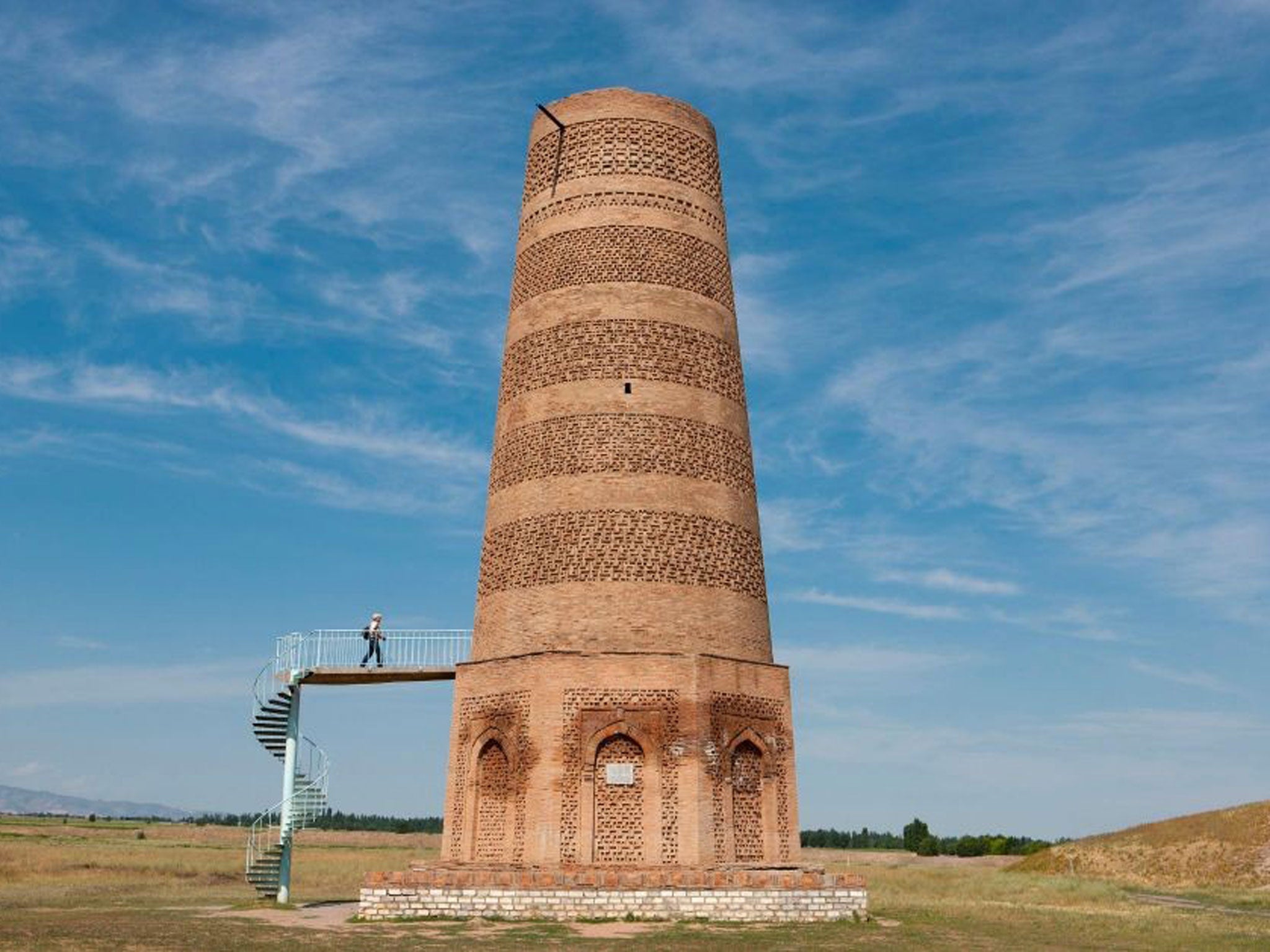
While such countries may seem wild to us, these are no backwaters, no obscure wastelands. In fact the bridge between east and west is the very crossroads of civilisation. Far from being on the fringe of global affairs, these countries lie at its very centre – as they have done since the beginning of history. It was here that civilisation was born, and where many believed mankind had been created – in the Garden of Eden, "planted by the Lord God [with] every tree that is pleasant to the sight and good for food", which was widely thought to be located in the rich fields between the Tigris and Euphrates.
It was in this bridge between east and west that great metropolises were established nearly 5,000 years ago, where the cities of Harappa and Mohenjo-daro in the Indus valley were wonders of the ancient world, with populations numbering in the tens of thousands and streets connected to a sophisticated sewage system that would not be rivalled in Europe for thousands of years. Other great centres of civilisation such as Babylon, Nineveh, Uruk and Akkad in Mesopotamia were famed for their grandeur and architectural innovation. One Chinese geographer, meanwhile, writing more than two millennia ago, noted that the inhabitants of Bactria, centred on the Oxus river and now located in northern Afghanistan, were legendary negotiators and traders; its capital city was home to a market where a huge range of products were bought and sold, carried from far and wide.
This region is where the world's great religions burst into life, where Judaism, Christianity, Islam, Buddhism and Hinduism jostled with each other. It is the cauldron where language groups competed, where Indo-European, Semitic and Sino-Tibetan tongues wagged alongside those speaking Altaic, Turkic and Caucasian. This is where great empires rose and fell, where the after-effects of clashes between cultures and rivals were felt thousands of miles away. Standing here opened up new ways to view the past and showed a world that was profoundly interconnected, where what happened on one continent had an impact on another, where the after-shocks of what happened on the steppes of Central Asia could be felt in North Africa, where events in Baghdad resonated in Scandinavia, where discoveries in the Americas altered the prices of goods in China and led to a surge in demand in the horse markets of northern India.
These tremors were carried along a network that fans out in every direction, routes along which pilgrims and warriors, nomads and merchants have travelled, goods and produce have been bought and sold, and ideas exchanged, adapted and refined. They have carried not only prosperity, but also death and violence, disease and disaster. In the late 19th century, this sprawling web of connections was given a name by an eminent German geologist, Ferdinand von Richthofen (uncle of the First World War flying ace the "Red Baron") that has stuck ever since: "Seidenstraßen" – the Silk Roads.
These pathways serve as the world's central nervous system, connecting peoples and places together, but lying beneath the skin, invisible to the naked eye. Just as anatomy explains how the body functions, understanding these connections allows us to understand how the world works. And yet, despite the importance of this part of the world, it has been forgotten by mainstream history. In part, this is because of what has been called "orientalism" – the strident and overwhelmingly negative view of the east as undeveloped and inferior to the west, and therefore unworthy of serious study. But it also stems from the fact that the narrative of the past has become so dominant and well established that there is no place for a region that has long been seen as peripheral to the story of the rise of Europe and of western society.
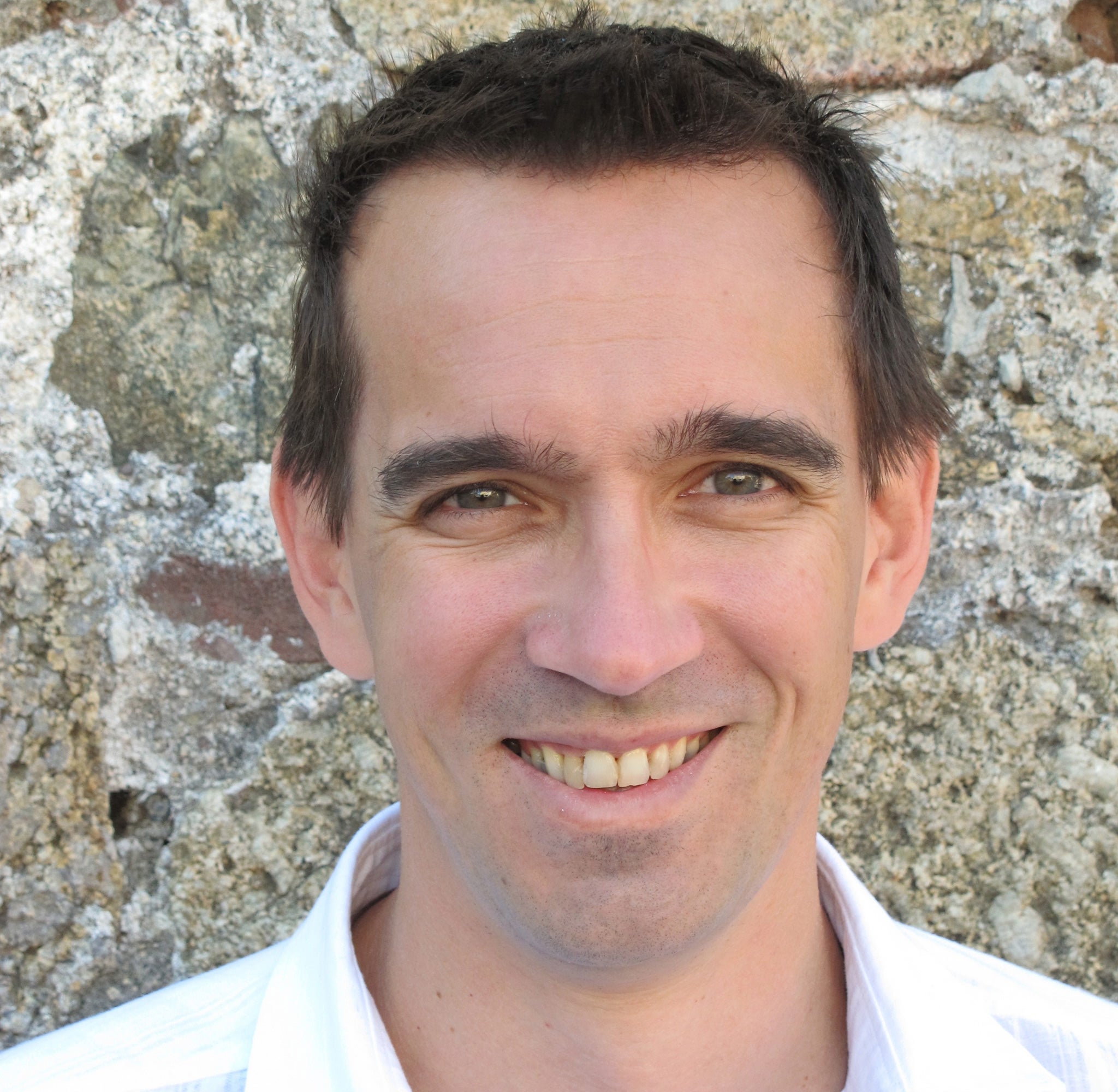
Today, Jalalabad and Herat in Afghanistan, Fallujah and Mosul in Iraq or Homs and Aleppo in Syria seem synonymous with religious fundamentalism and sectarian violence. The present has washed away the past: gone are the days when the name of Kabul conjured up images of the gardens planted and tended by the great Bābur, founder of the Mughal Empire in India. The Bagh-i-Wafa ("Garden of Fidelity") included a pool surrounded by orange and pomegranate trees and a clover meadow.
In the same way, modern impressions about Iran have obscured the glories of its more distant history when its Persian predecessor was a byword for good taste in everything, from the fruit served at dinner, to the stunning miniature portraits produced by its legendary artists, to the paper that scholars wrote on. A beautifully considered work written by Simi Nīshāpūrī, a librarian from Mashad in eastern Iran around 1400CE, records in careful detail the advice of a book lover who shared his passion. Anyone thinking of writing, he counsels solemnly, should be advised that the best paper for calligraphy is produced in Damascus, Baghdad or Samarkand. Paper from elsewhere "is generally rough, blotches and is impermanent".
Places whose names are all but forgotten once dominated, such as Merv, described by one 10th-century geographer as a "delightful, fine, elegant, brilliant, extensive and pleasant city", and "the mother of the world"; or Rayy, not far from modern Tehran, which to another writer around the same time was so glorious as to be considered "the bridegroom of the earth" and the world's "most beautiful creation".
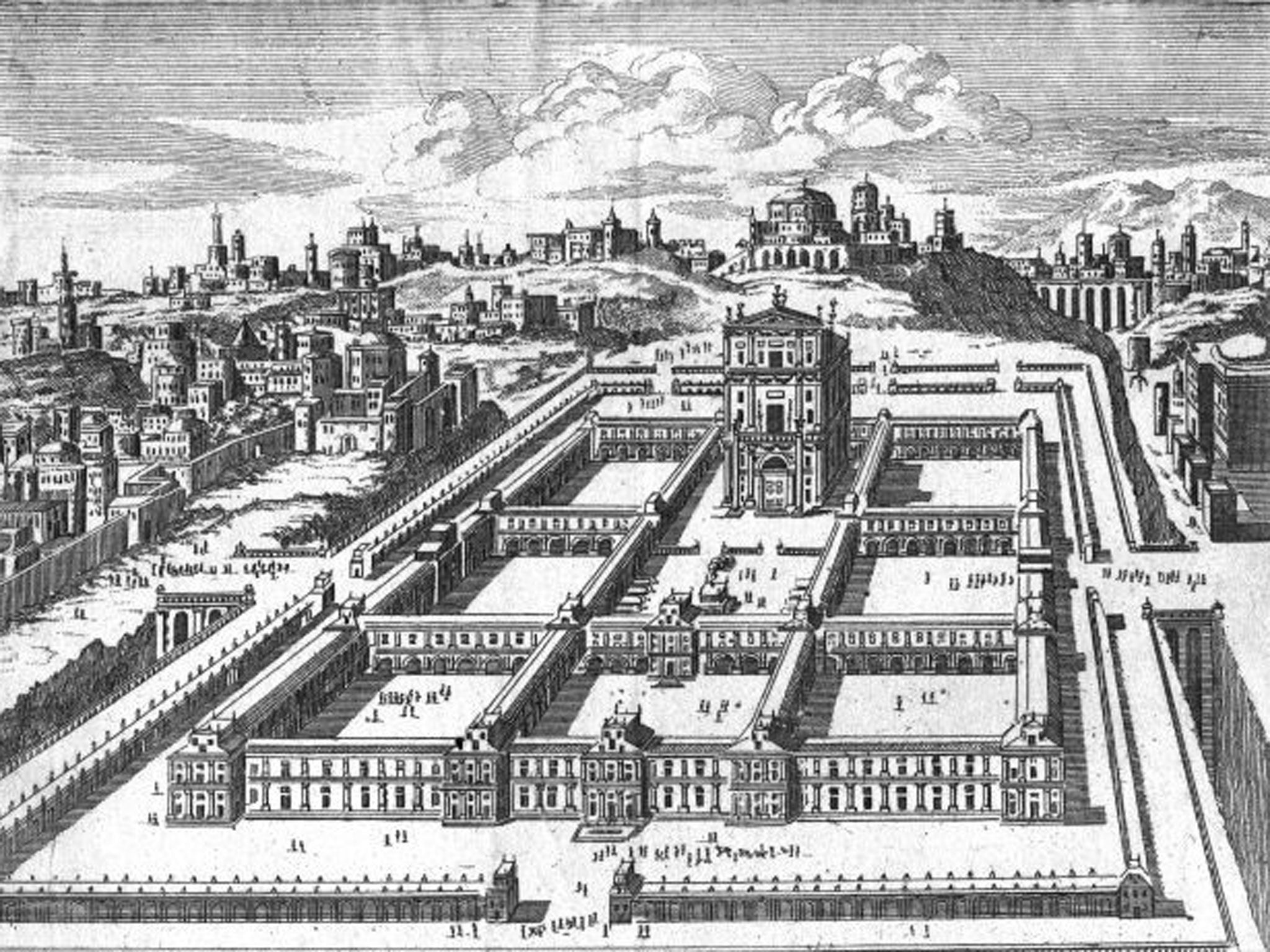
Dotted across the spine of Asia, these cities were strung like pearls, linking the Pacific to the Mediterranean. Urban centres spurred each other on, with rivalry between rulers and elites prompting ever more ambitious architecture and spectacular monuments. Libraries, places of worship, churches and observatories of immense scale and cultural influence dotted the region, connecting Constantinople to Damascus, Isfahan, Samarkand, Kabul and Kashgar. Cities such as these became home to brilliant scholars who advanced the frontiers of their subjects. The names of only a small handful are familiar today – men like Ibn Sīnā, better known as Avicenna, al-Bīrūnī and al-Khwārizmi – giants in the fields of astronomy and medicine; but there were many more besides. For centuries before the early modern era, the intellectual centres of excellence of the world, the Oxfords and Cambridges, the Harvards and Yales, were not located in Europe or the west, but in Baghdad and Balkh, Bukhara and Samarkand.
There was good reason why the cultures, cities and peoples who lived along the Silk Roads developed and advanced: as they traded and exchanged ideas, they learnt and borrowed from each other, stimulating further advances in philosophy, the sciences, language and religion. Progress was essential, as one of the rulers of the kingdom of Zhao, in north-eastern China at one extremity of Asia more than 2,000 years ago, knew all too well. "A talent for following the ways of yesterday", declared King Wu-ling in 307BCE, "is not sufficient to improve the world of today." Leaders in the past understood how important it was to keep up with the times.
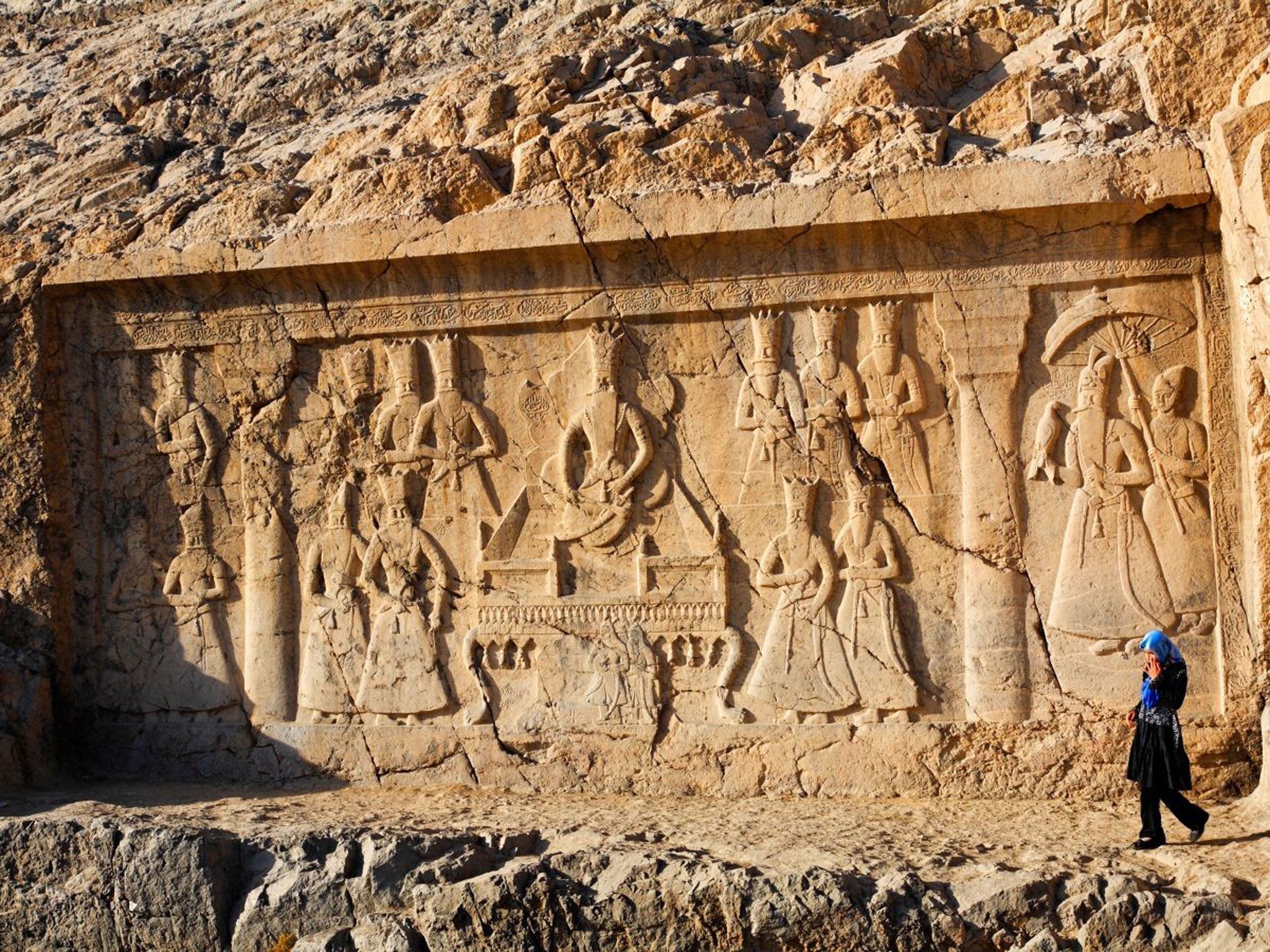
The mantle of progress shifted, however, in the early modern period as a result of two great maritime expeditions that took place at the end of the 15th century. In the course of six years in the 1490s, the foundations were laid for a major disruption to the rhythm of long-established systems of exchange. First Christopher Columbus crossed the Atlantic, paving the way for two great land masses that were hitherto untouched to connect to Europe and beyond; then, just a few years later, Vasco da Gama successfully navigated the southern tip of Africa, sailing on to India, opening new sea routes in the process. The discoveries changed patterns of interaction and trade, and effected a remarkable change in the world's political and economic centre of gravity. Suddenly, western Europe was transformed from its position as a regional backwater into the fulcrum of a sprawling communication, transportation and trading system: at a stroke, it became the new mid-point between east and west.
The rise of Europe sparked a fierce battle for power – and for control of the past. As rivals squared up to each other, history was reshaped to emphasise the events, themes and ideas that could be used in the ideological clashes that raged alongside the struggle for resources and for command of the sea lanes. Busts were made of leading politicians and generals wearing togas to make them look like Roman heroes of the past; magnificent new buildings were constructed in grand classical style that appropriated the glories of the ancient world as their own direct antecedents. History was twisted and manipulated to create an insistent narrative where the rise of the west was not only natural and inevitable, but a continuation of what had gone before.
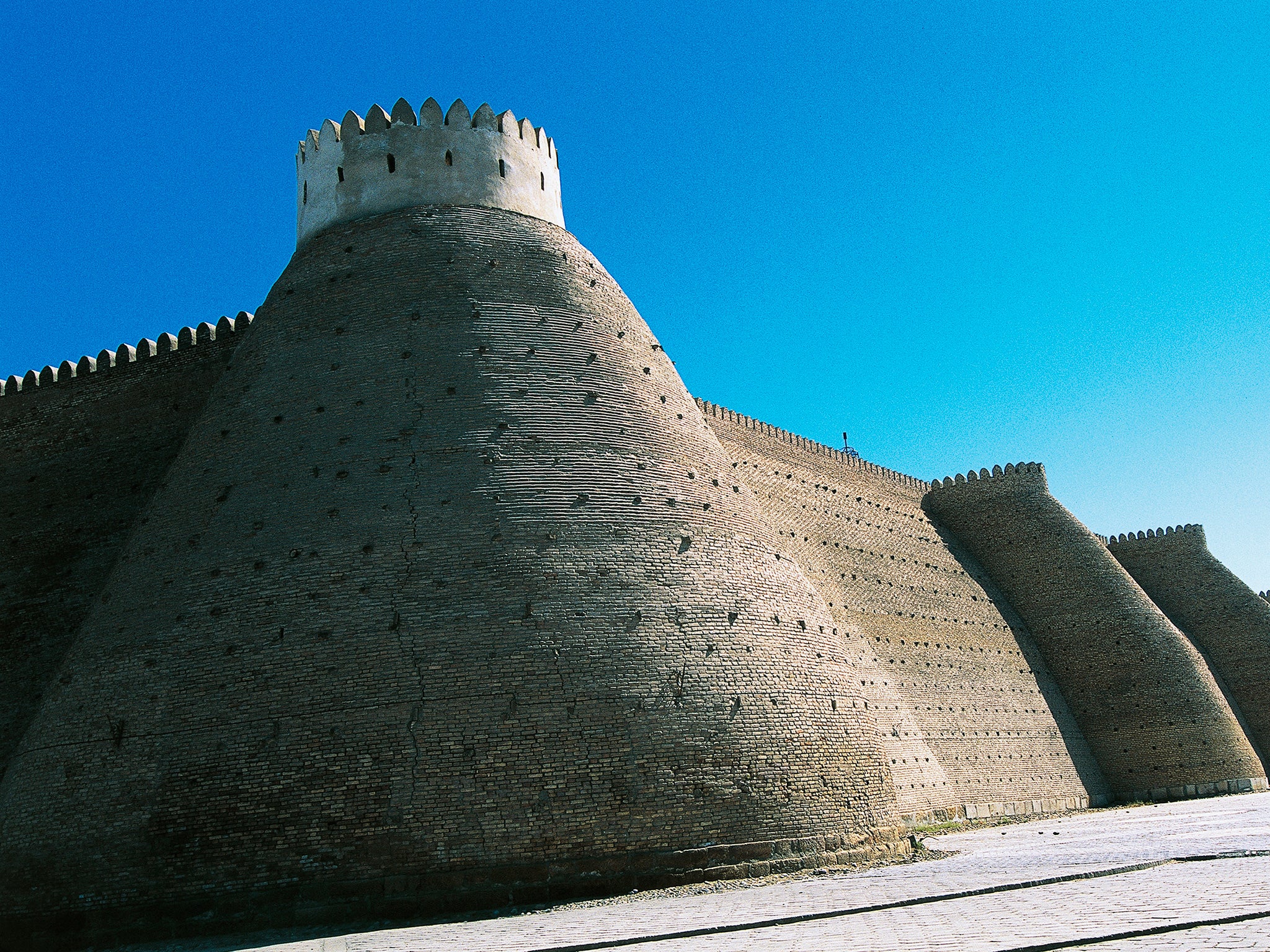
Many stories set me on the way to looking at the world's past in a different way. But one stood out in particular. Greek mythology had it that Zeus, father of the gods, released two eagles, one at each end of the earth, and commanded them to fly towards each other. A sacred stone, the omphalos – the navel of the world – was placed where they met, to enable communication with the divine. I learnt later that the concept of this stone has long been a source of fascination for philosophers and psychoanalysts.
I remember gazing at my map when I first heard this tale, wondering where the eagles would have met. I imagined them taking off from the shores of the western Atlantic and the Pacific coast of China and heading inland. The precise position changed, depending where I placed my fingers to start measuring equal distances from east and west. But I always ended up somewhere between the Black Sea and the Himalayas. I would lie awake at night, pondering the map on my bedroom wall, Zeus' eagles and the history of a region that was never mentioned in the books that I read – and did not have a name.
Not so long ago, Europeans divided Asia into three broad zones – the Near, Middle and Far East. Yet whenever I heard or read about present-day problems as I was growing up, it seemed that the second of these, the Middle East, had shifted in meaning and even location, being used to refer to Israel, Palestine and the surrounding area, and occasionally to the Persian Gulf. And I could not understand why I kept being told of the importance of the Mediterranean as a cradle of civilisation, when it seemed so obvious that this was not where civilisation had really been forged. The real crucible, the "Mediterranean" in its literal meaning – the centre of the world – was not a sea separating Europe and North Africa, but right in the heart of Asia.
'The Silk Roads: A New History of the World' by Peter Frankopan (Bloomsbury, £30) is out now
To read Peter Frankopan’s essay on America’s post 9/11 aims to reimagine the Silk Roads regions, as revealed in newly declassified documents, click here
Join our commenting forum
Join thought-provoking conversations, follow other Independent readers and see their replies
Comments